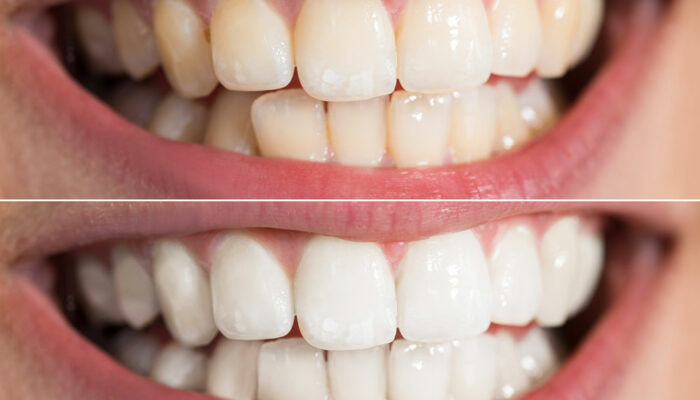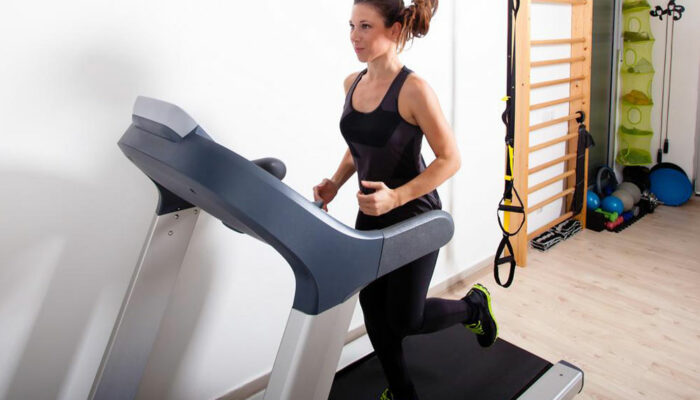
Common Psoriatic Arthritis Symptoms
Affecting about 1 million people who have psoriasis, psoriatic arthritis (PsA) is an autoimmune condition that typically affects the joints and skin. There are two types of psoriatic arthritis and they both affect the body in different ways. The first and mildest form is oligoarticular, and it affects 4 or fewer joints in the body. The more severe form is polyarticular, and it will impact 4 or more joints.
Psoriatic arthritis can develop regardless of actually having psoriasis. While the condition can cause several issues to the skin and joints including painful, swollen, and stiff joints; there are several symptoms that may alert a person as to the onset of the condition:
1. Changes in finger and toenails
One of the most common changes in nails that occur is the separation of the nail from the nail bed. Also, there may develop a green, white, or yellow tint in the part that is separating.
Another change could be the appearance of little dents called pitting appearing in the nails.
2. Enthesitis
This is one symptom that is exclusive to psoriatic arthritis. It happens in areas where the ligaments and tissues connect into the bone. Such as around the ribs and pelvis. Over time the condition can cause the tissue to become ropey or calcified.
3. Spondylitis
Or better referred to as the stiffness in the spinal vertebrae, neck, lower back, and even in connective tissues like ligaments.
4. Swollen digits and joints
One of the more common symptoms of psoriatic arthritis is the swelling of fingers, toes, knees, and other joints. While the swelling can happen on both sides of the body or “pair” of joints, the actual symptoms may occur in different parts of the same area.
5. Shoulder and back pain
Those that are experiencing this type of pain will notice that the pain from the neck all the way down to the buttocks can be worse in the morning. It can be caused by inflammation in the hip bones or joints in the spine.
6. Fatigue
The combination of symptoms and medication may leave some feeling more tired. There may be some adjustments in diet and medication that may be beneficial.
7. Chest and rib pain
One of the lesser-known symptoms is chest pain and shortness of breath. It generally happens when the cartilage that connects to the ribs to the breastbone becomes inflamed.
8. Developing complications
Like many other conditions having psoriatic arthritis can lead to having other conditions as well. Several conditions can be monitored with diet, exercise, and talking with a medical professional such as cardiovascular disease, depression, and type 2 diabetes.
It is important to note that there are other conditions that may come into play and should also be discussed with a medical professional. Even though psoriatic arthritis is a relatively common condition, knowing when to call the doctor is important. If symptoms such as red eyes, swollen joints, painful joints develop they should be reported. Also keep in mind that exercising, a change in diet, and getting more rest can have a big impact on how the symptoms affect each individual.



